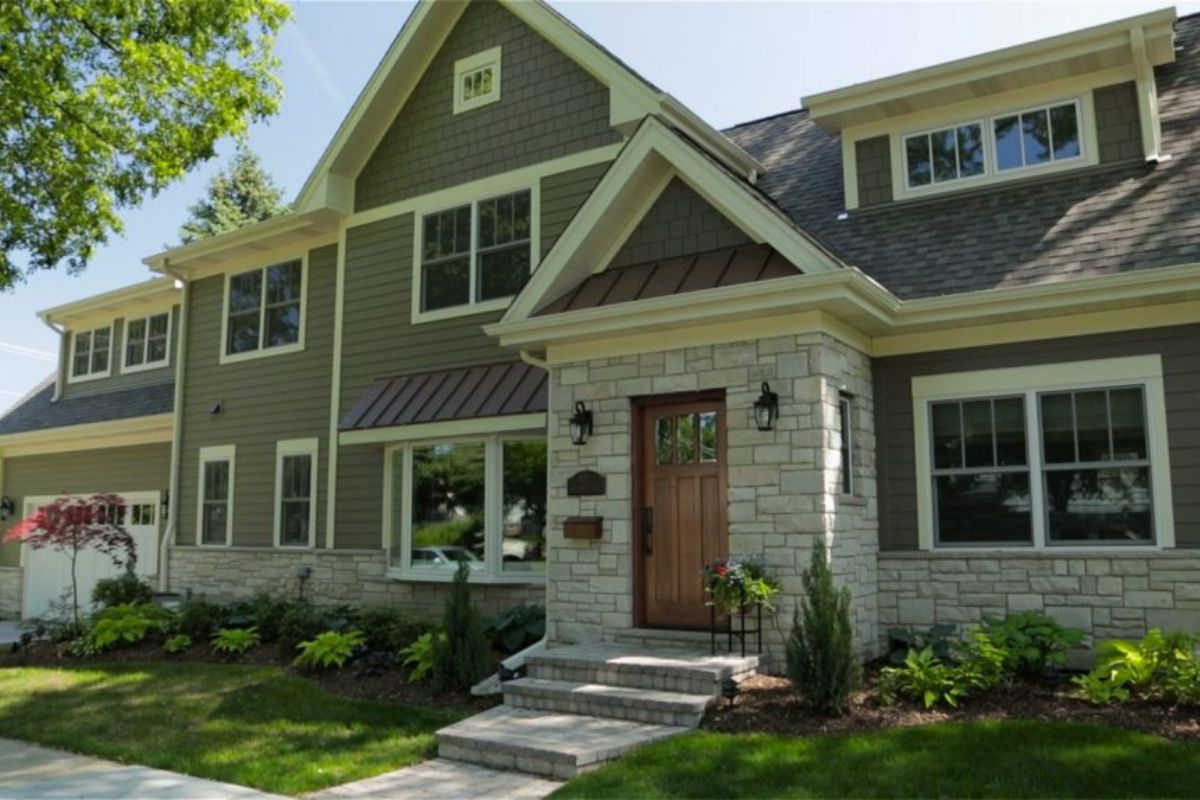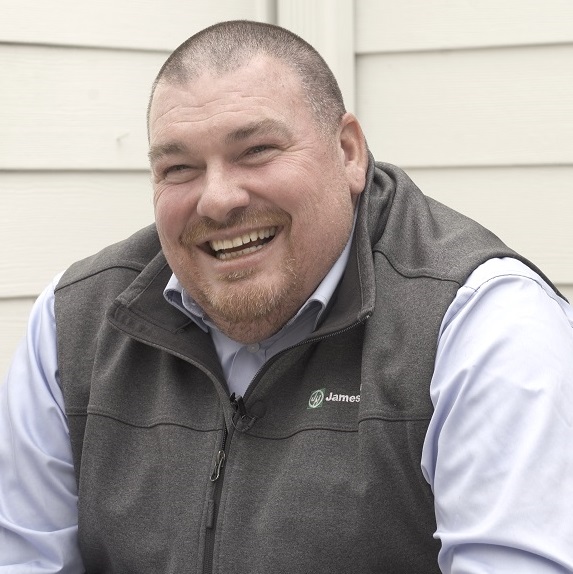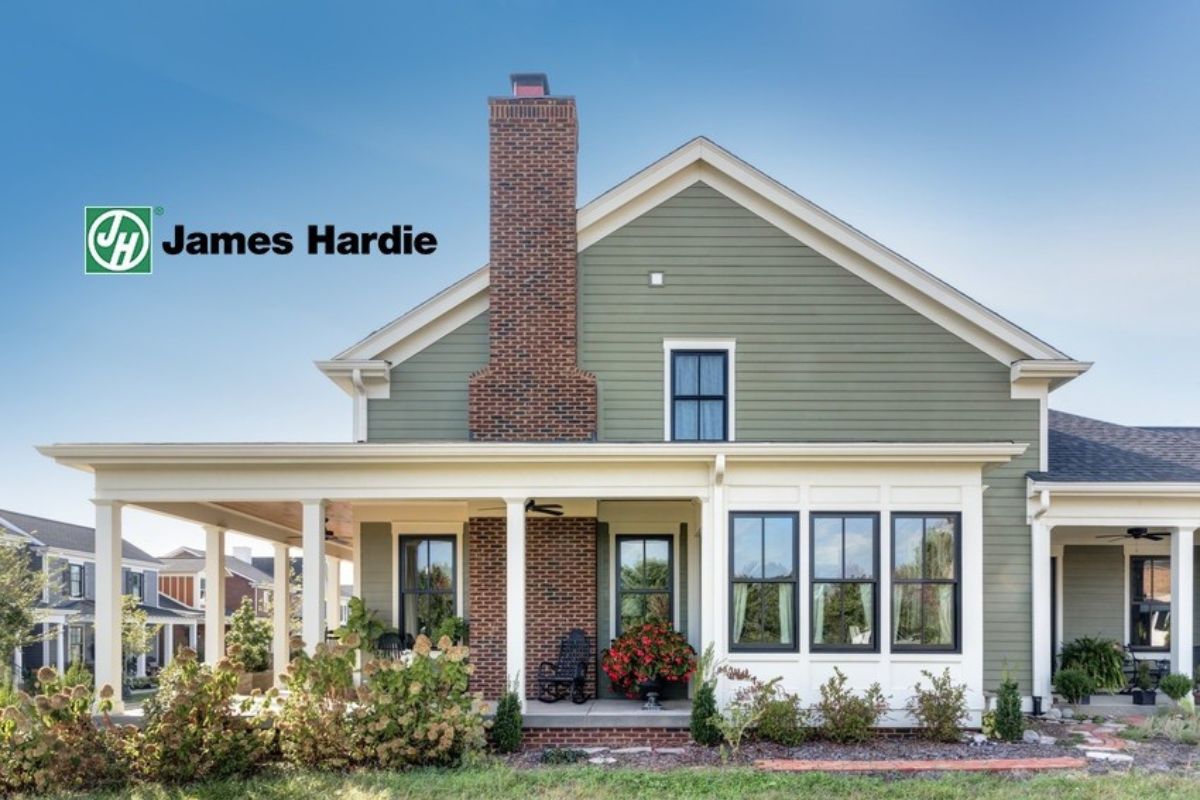Your home is one of the most significant purchases and one of the most important investments you can make, and while you may be ready to upgrade your siding to James Hardie you may also be wondering what makes James Hardie the best siding option for your Chicagoland home. This is a common question for local residents, particularly since Hardie siding is becoming so popular.
We’re going to take a look at what makes James Hardie the best siding option. We’ll look at the construction, the benefits of the material, and why it may be a better option than many other materials. To make sure you have the full picture, we’re also going to dive into some of the drawbacks of Hardie siding.
What Makes James Hardie The Best Siding
There are a ton of benefits to James Hardie siding, but in the interest of brevity, we’re only going to look at the most common or popular for the Chicagoland area.
Unbeatable Durability
James Hardie’s siding stands up to the elements easily. It shakes off rain and wind like nothing, and even stands up to the snow, ice, and hail that can hit the Chicagoland area. Most notably, it resists moisture penetration, preventing rot, swelling, warping, and other internal structural damage.
Warranty Duration
James Hardie siding comes with a 30-year, non-prorated, fully-transferable warranty. This can be a significant perk to those installing Hardie before a home sale.
Highly Customizable
There are many different styles of Hardie Board, so no matter what look you’re going for with your exterior, you can find it with Hardie. There are colors to match your preferences, and textures to match the architectural style of your home as well.
What Makes James Hardie the Best Siding: Pest Resistant
Natural wood products are a potential target for pests like termites, but not Hardie. Hardie Board resists termites, ants, and bees, and is even resistant to woodpeckers.
Highly Fire Resistant
Since Hardie is fiber cement, it remains largely inert during a fire and will not contribute to it. It simply isn’t combustible enough, unlike other materials including natural woods. Depending on your homeowner’s insurance policy, this may even save you money on your premiums.
Low Maintenance Requirement
Hardie siding needs almost no maintenance during its lifetime. If you find that your siding is looking a little dirty, you can simply take a medium nylon bristle brush and your nearby garden hose and quickly clean it off. It stays clean enough on its own, that this may only be needed once or twice per year.
Eco-Friendly
The James Hardie Company is committed to sustainable manufacturing processes. This can be a significant benefit for a household concerned with making more environmentally conscious material choices.
Drawbacks To James Hardie Siding
There aren’t many drawbacks to Hardie siding, but in the interest of transparency, we wanted to include them. Here are the three most common drawbacks that are cited.
Initial Investment
The initial cost of James Hardie siding is generally more substantial than the cost of vinyl siding for example. When people are browsing for a cheap siding material that they don’t mind replacing every 10-20 years, they aren’t looking for Hardie.
Longer Installation Time
Since Hardie is relatively heavy, it presents a larger challenge for installation technicians to do properly. They must be specially trained for Hardie installation for the warranty to be activated.
Needs Repainting At 15 Years
Even though Hardie is incredibly durable, it will need repainting about halfway through its projected lifespan. The ColorPlus technology will keep the color looking fresh for 15 years, but after that, it will likely need repainting to keep curb appeal at the maximum.
If You Need A Local Hardie Siding Expert
If you still have questions about what makes James Hardie the best siding option for your Chicagoland home, feel free to reach out and speak to one of our trusted local siding technicians.













